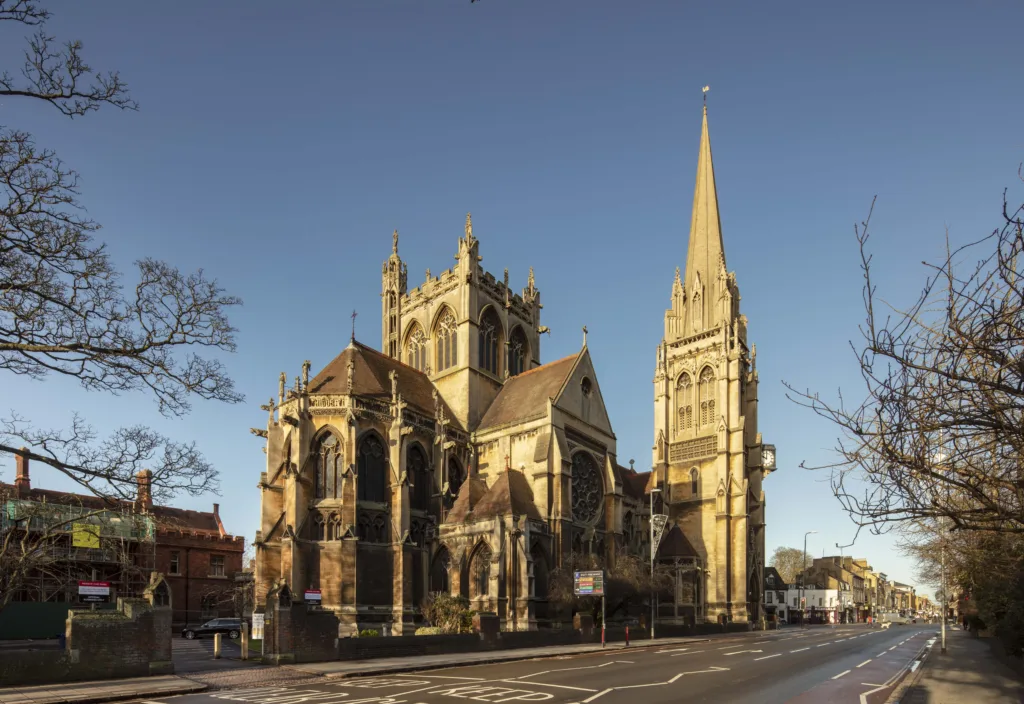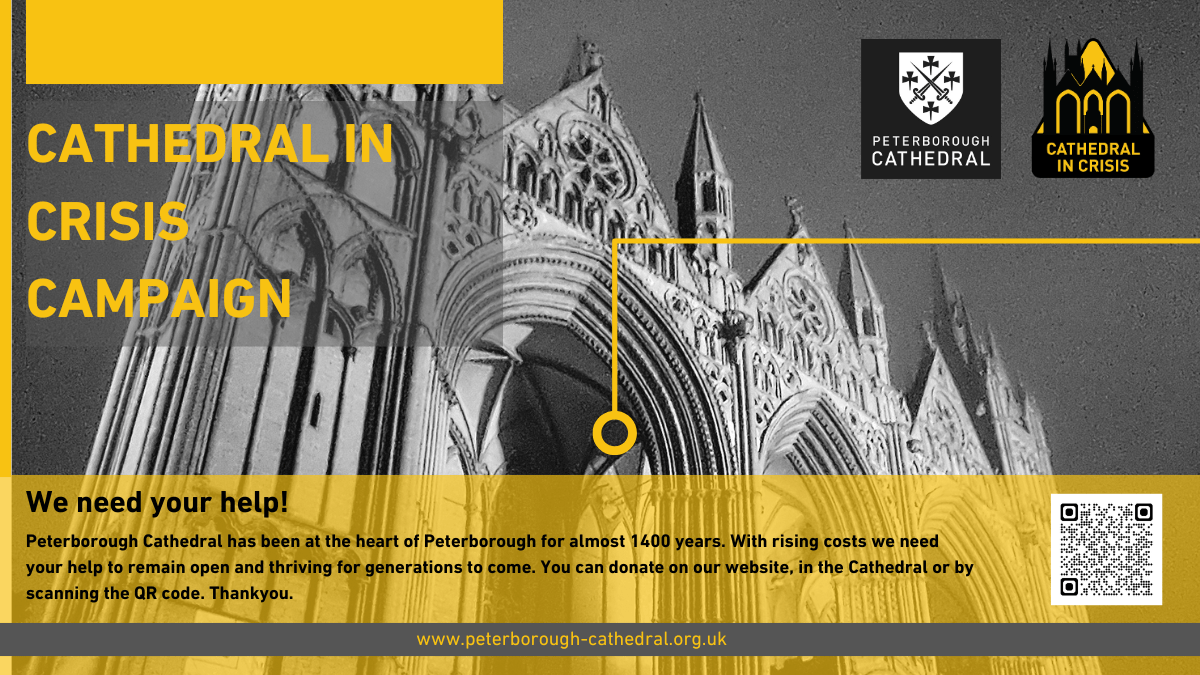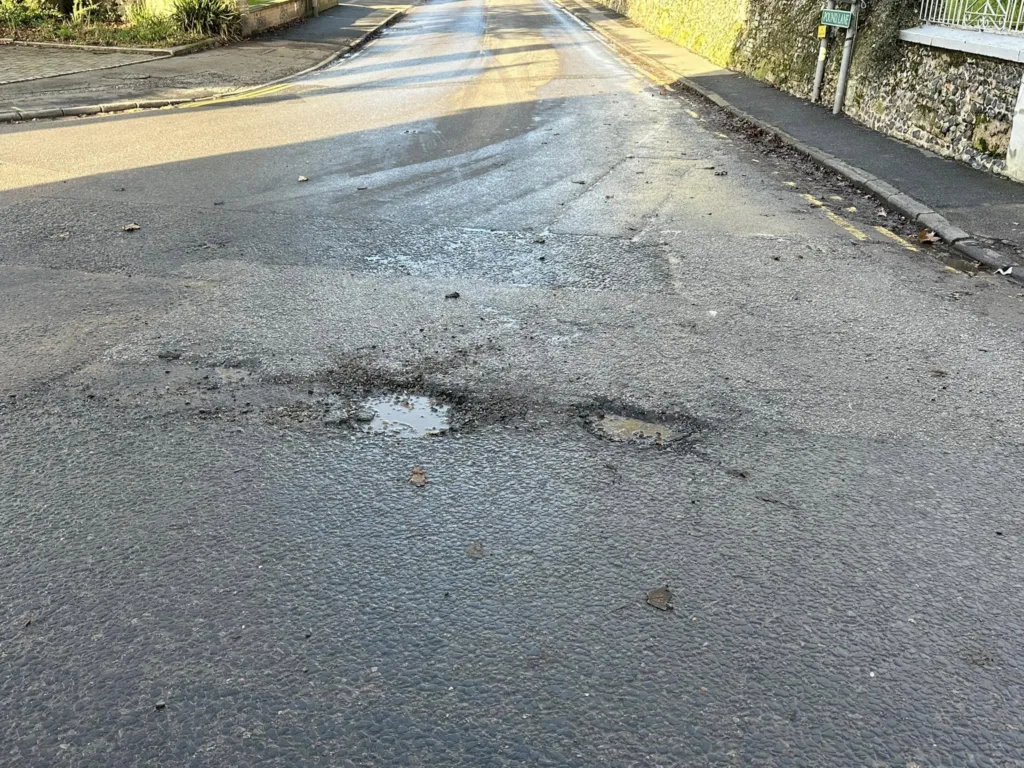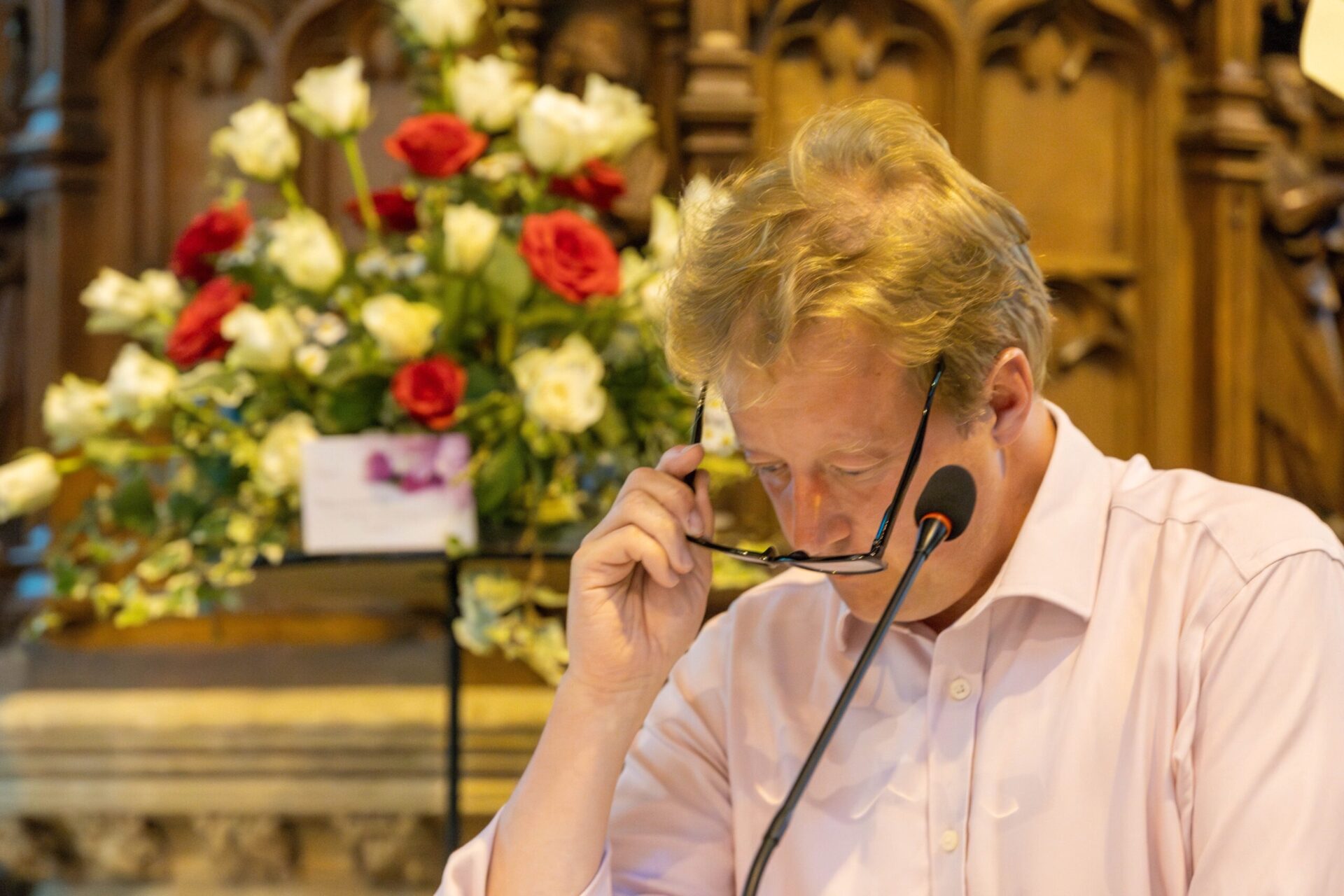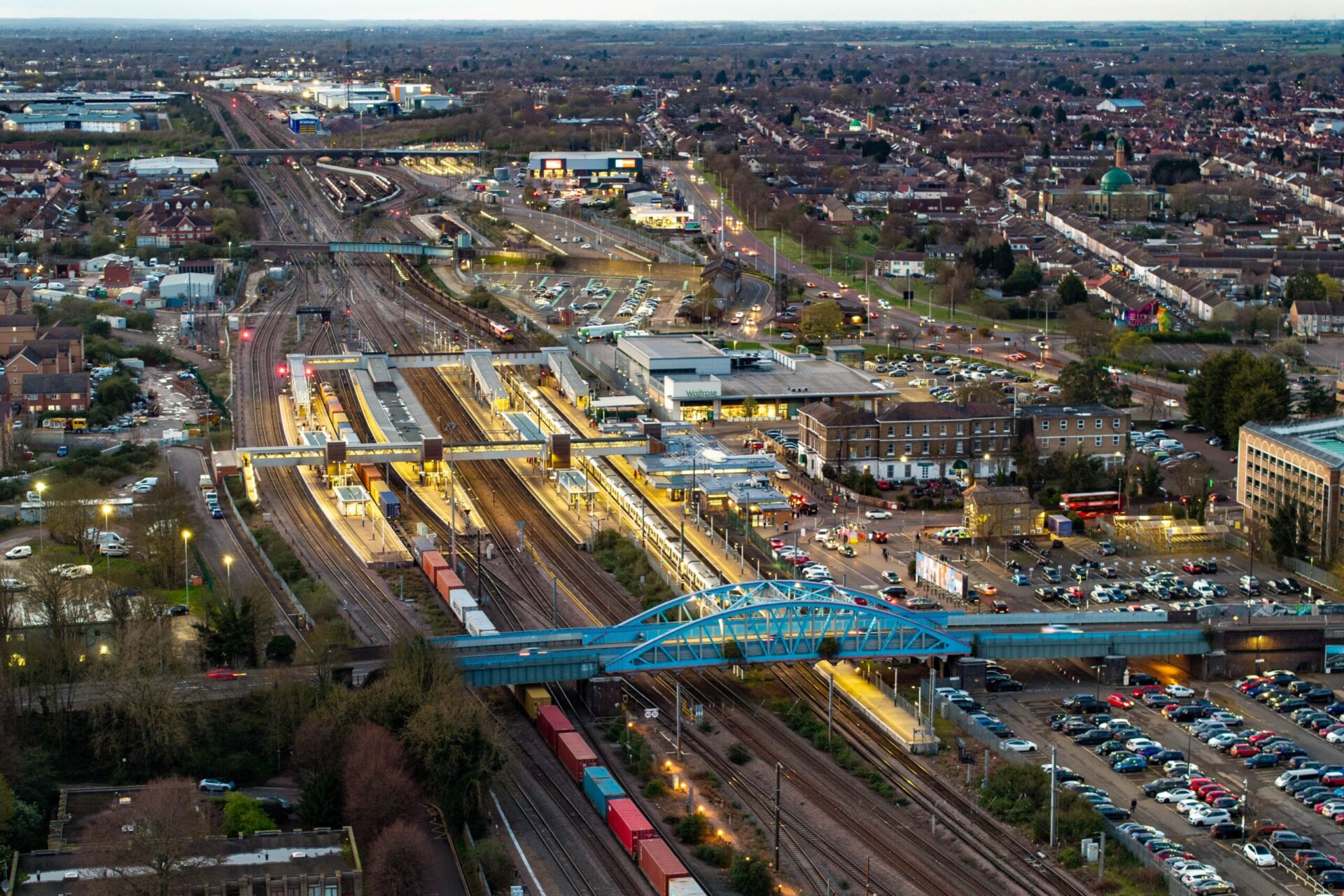An historic Roman Catholic church in Cambridge – has relisted at Grade 1 by the Department for Digital, Culture, Media, and Sport (DCMS) on the advice of Historic England.
The Church of our Lady of the Assumption and the English Martyrs is a significant Cambridge landmark.
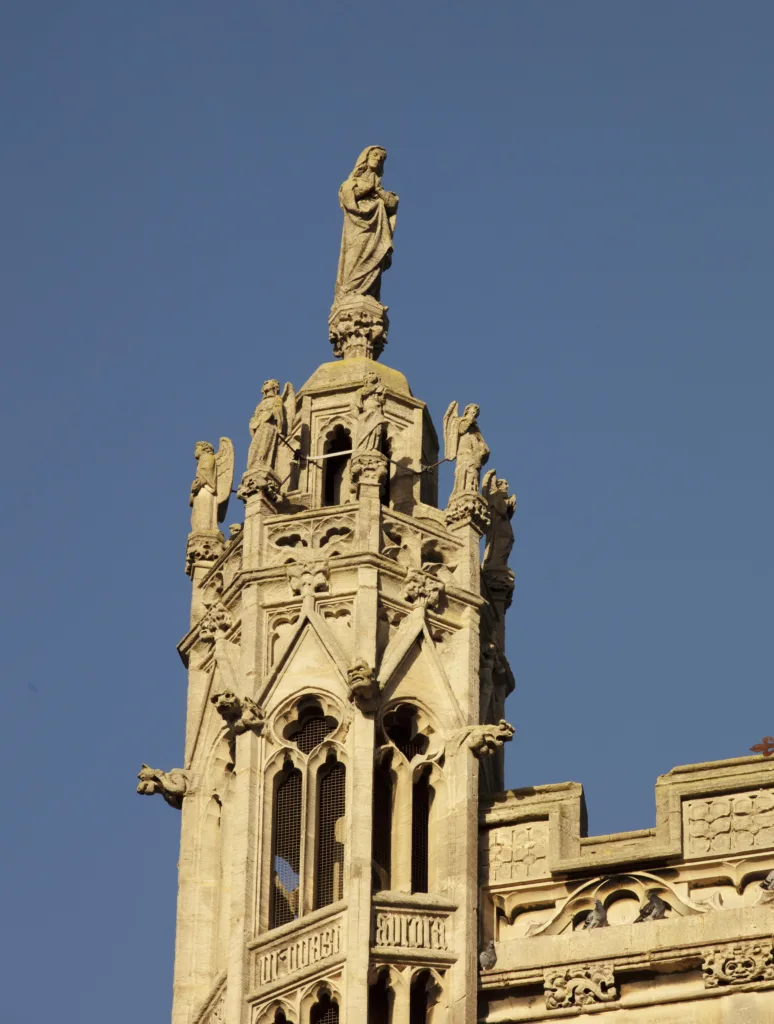
The Church of Our Lady and the English Martyrs, Hills Road and Lensfield Road, Cambridge, Cambridgeshire.
It is one of the largest 19th century Roman Catholic churches – and was made possible by female architectural patronage.
This spectacular Cambridge church was built between 1887 and 1890, to the designs of Archibald Dunn (1832-1912) and Charles Hansom (1842-1900) of Newcastle, specialists in Catholic building projects.
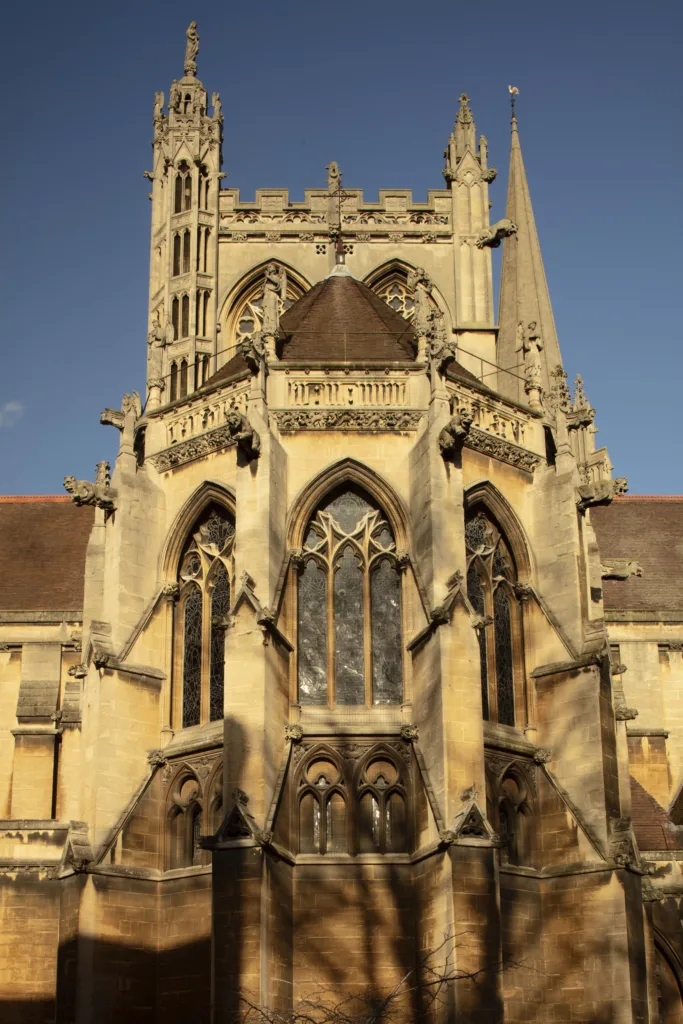
The Church of Our Lady and the English Martyrs, Hills Road and Lensfield Road, Cambridge, Cambridgeshire.
Their work includes the tower of the Catholic cathedral in Newcastle (Grade I listed), and the chapel of Stonyhurst College (Grade II* listed).
The cost of the church building was funded by Yolande Lyne-Stephens. Born Pauline Duvernay, she had been a successful ballet dancer in France before her marriage to Stephen Lyne-Stephens.
On his death in 1860, she inherited a considerable fortune and became a generous supporter of Catholic causes, including the mission at St Mary’s Church in Thetford and a chapel at her estate in Lynford, Norfolk (both Grade II* listed).
The Church of our Lady of The Assumption and The English Martyrs was consecrated on 8 October 1890 and opened to the public on 15 October that year.
It was one of the largest catholic churches in the country. At 65 metres high, the church spire is only slightly lower than the tower of Ely Cathedral. The church’s significant size, landmark features and stunning architectural detail were intended to suit its anticipated role as the centre of Catholic life at Cambridge University.
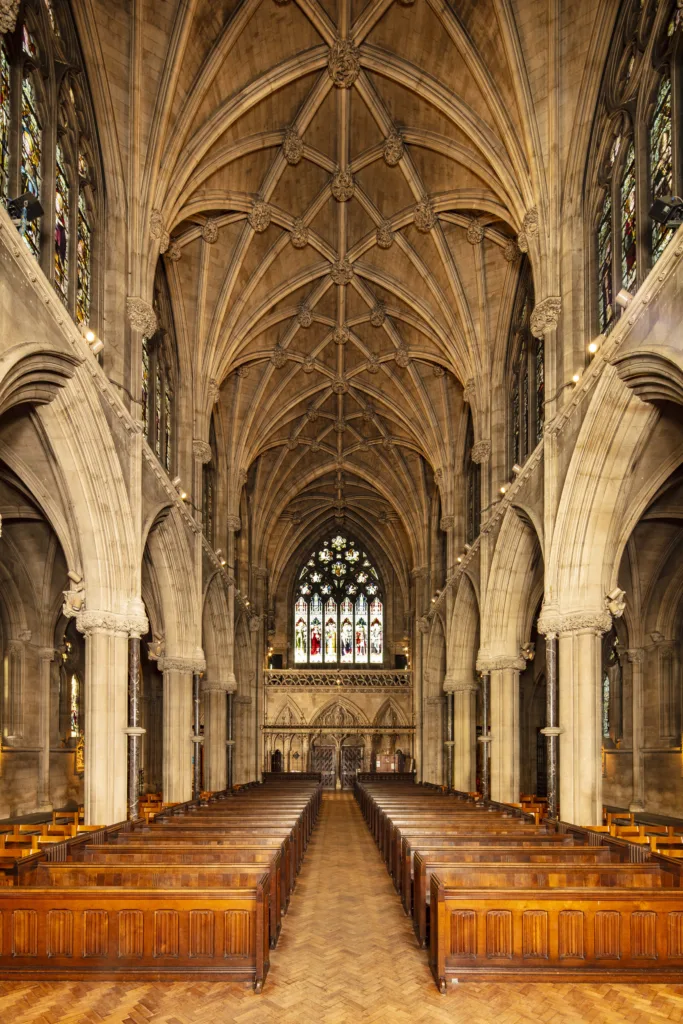
The Church of Our Lady and the English Martyrs, Hills Road and Lensfield Road, Cambridge, Cambridgeshire.
The impressive exterior is richly carved and features, above the large west window, a sculptured choir of angels. The decorative splendour continues inside the church, which has a majestic cathedral-like quality.
The Church of Our Lady of The Assumption and The English Martyrs has been relisted at Grade I for the building’s superb quality, craftsmanship and architectural vision.
Rt Rev Peter Collins, Bishop of East Anglia, said: “As a new arrival in East Anglia, having been appointed bishop only a few months ago.
“I have been delighted to discover the wealth of styles and variety offered by Catholic churches across the region.
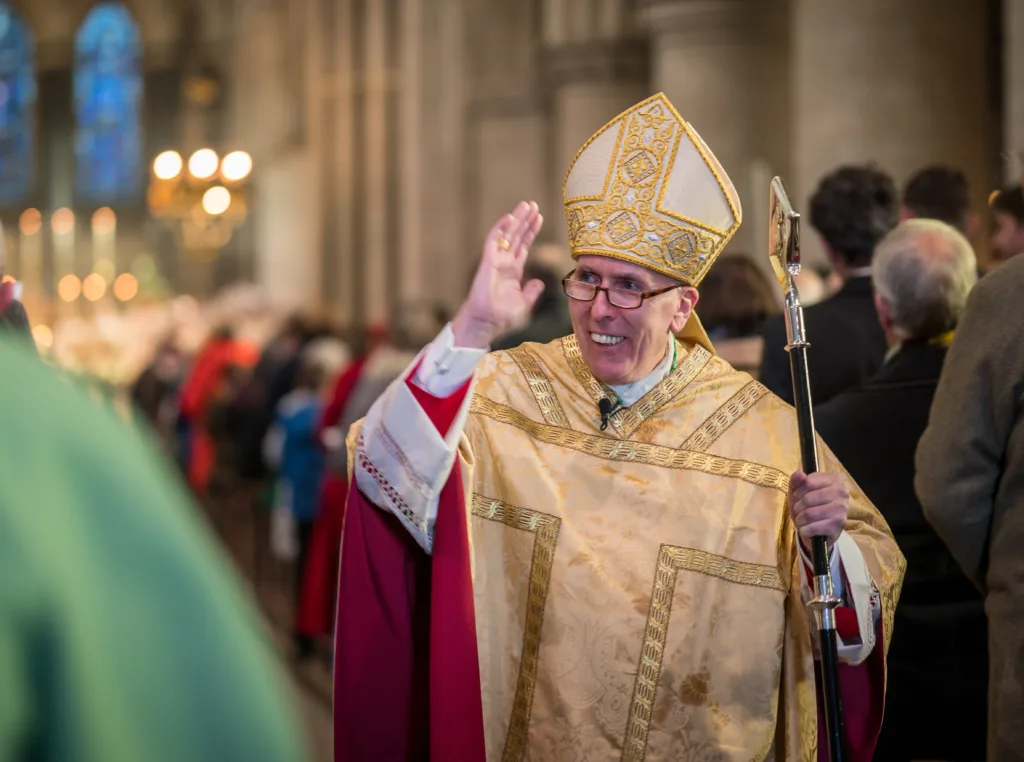
“From our great stone minsters to the more modest country chapels, the region boasts so many truly fascinating churches. The whole diocese is delighted to learn that so many of our wonderful places of worship have been designated as being worthy of special recognition.
“These historic churches represent a true testament to the faith of our communities in past centuries and are a key part of the Catholic legacy of East Anglia that we hold in sacred trust for the many generations yet to come.”
Caroline Skinner, Historic England Listing Team Leader (East of England) said: “These beautiful Roman Catholic churches have been at the heart of their local communities for generations.
“The very distinctive, and individual, style of each building tells the story of the development of the Roman Catholic faith over the centuries, and they continue to offer a calming and inspiring space in our busy world today.”
“Each church has a remarkable story to tell, from the building created with the support of the future King Edward VII, to the minster at which the architect chose to be laid to rest, and the church that was made possible by help of a 19th century female architectural patron.
Others featuring the list are:
Our Lady of the Annunciation, King’s Lynn (newly listed at Grade II)
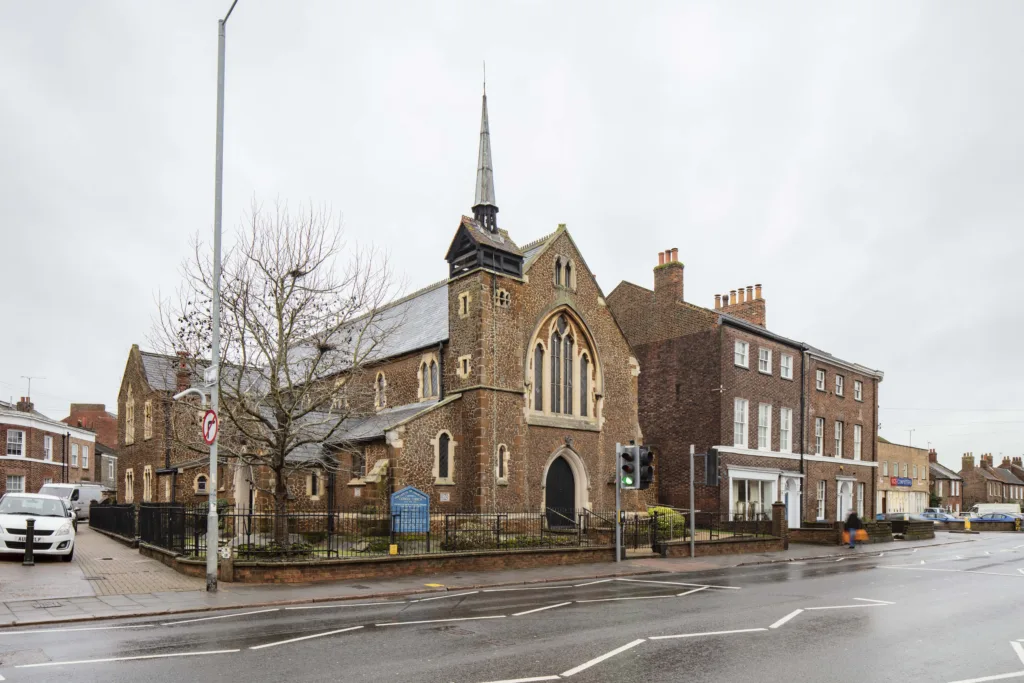
Church of Our Lady of the Annunciation, North Everard Street, King’s Lynn, Norfolk.
Built with the support of the future King Edward VII, this 19th century church featured designs by renowned Anglo-Catholic architects A W N Pugin and William Lunn and helped to revive the shrine of Our Lady at Walsingham, an important medieval pilgrimage destination.
The Church of Our Lady of the Annunciation played an important role in the revival of the shrine of Our Lady at Walsingham, one of the most important pilgrim destinations in England during the later medieval period, on which King’s Lynn had been an important stage of the journey.
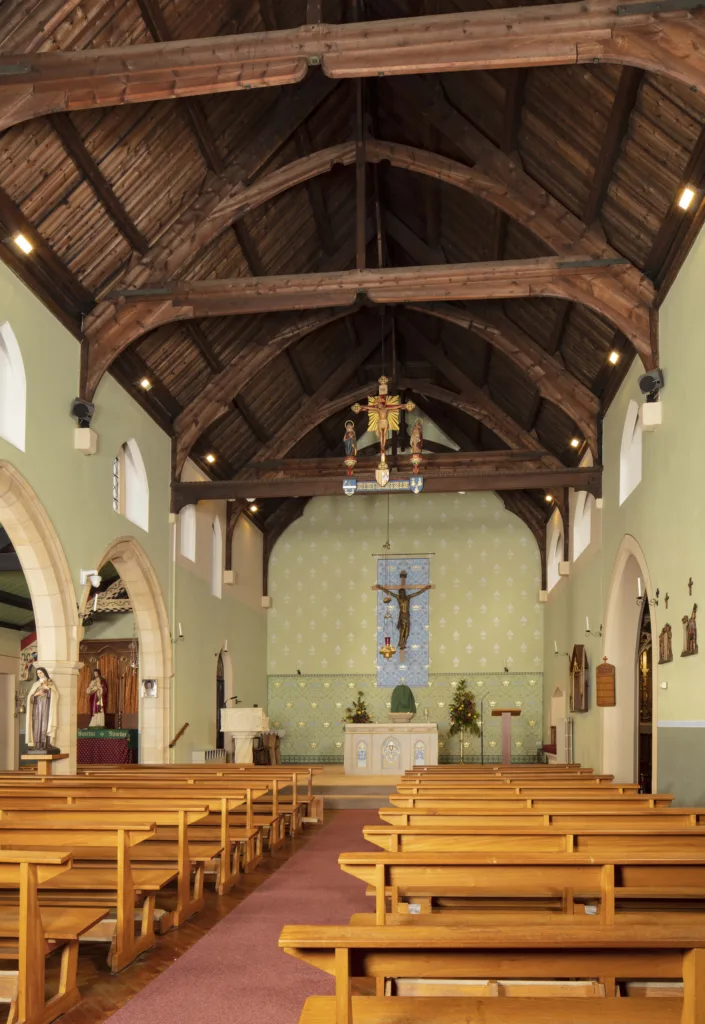
Church of Our Lady of the Annunciation, North Everard Street, King’s Lynn, Norfolk.
In 1897, the Shrine of Our Lady of Walsingham was established in the new church’s Lady Chapel by Fr George Wrigglesworth, who, in August 1897, led the first pilgrimage from King’s Lynn to Walsingham since the Reformation of the 16th century.
This tradition continued to grow into the 20th century and in 1934, a national shrine was established at Walsingham, with a Pontifical Shrine remaining at the Church of Our Lady of the Annunciation.
Roman Catholic Church of St Felix, Felixstowe (newly listed at Grade II)
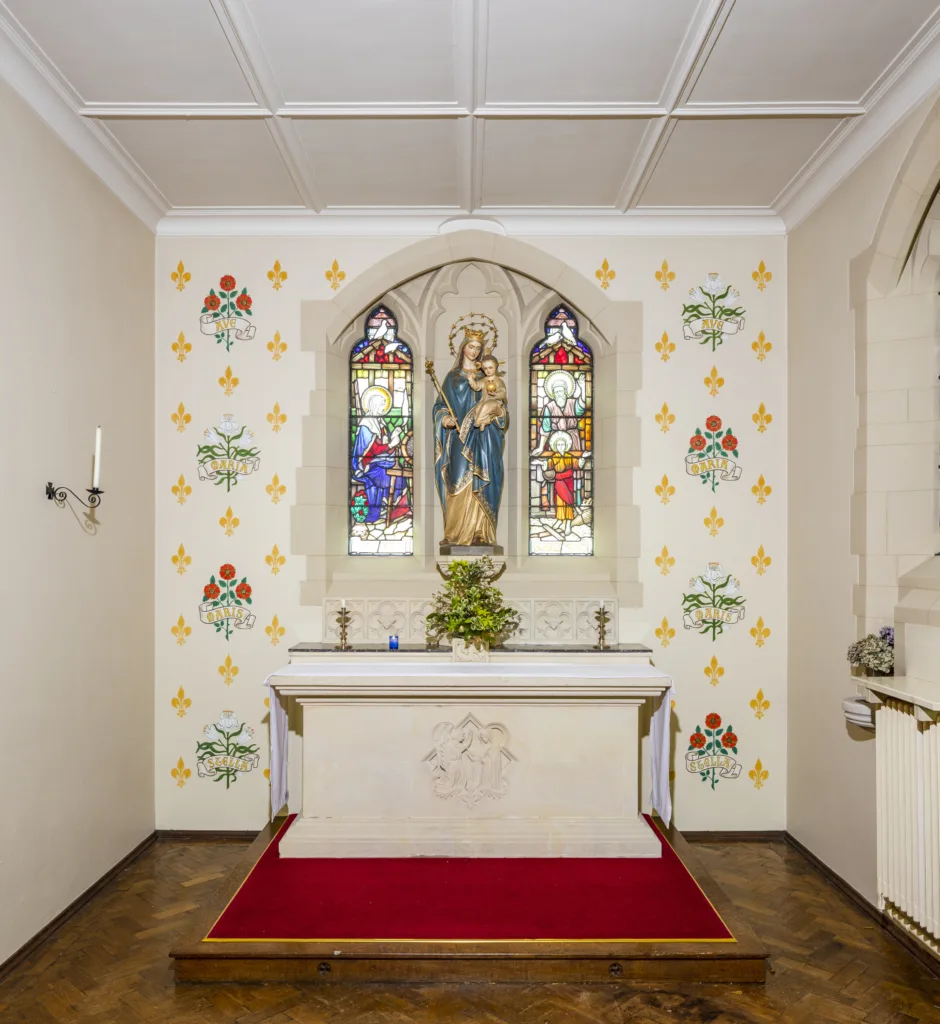
Roman Catholic Church of St Felix, Gainsborough Road, Felixstowe, Suffolk.
Roman Catholic church, built to the designs of Francis Easto Banham (1931-32) and RA Boxall of Chelmsford (1957).
Arts and Crafts-influenced Perpendicular Gothic design.
Lady Chapel with stencil decorated walls and square-panelled ceiling, designed by Neil Birdsall and Father John Barnes.
View from east.
An Arts and Crafts-inspired church built as an architectural labour of love to accommodate Felixstowe’s growing Catholic community.
In 1910, Francis (Frederick) Easto Banham, a Catholic architect from Beccles, was asked to prepare plans for a new church to accommodate Felixstowe’s growing Catholic community.
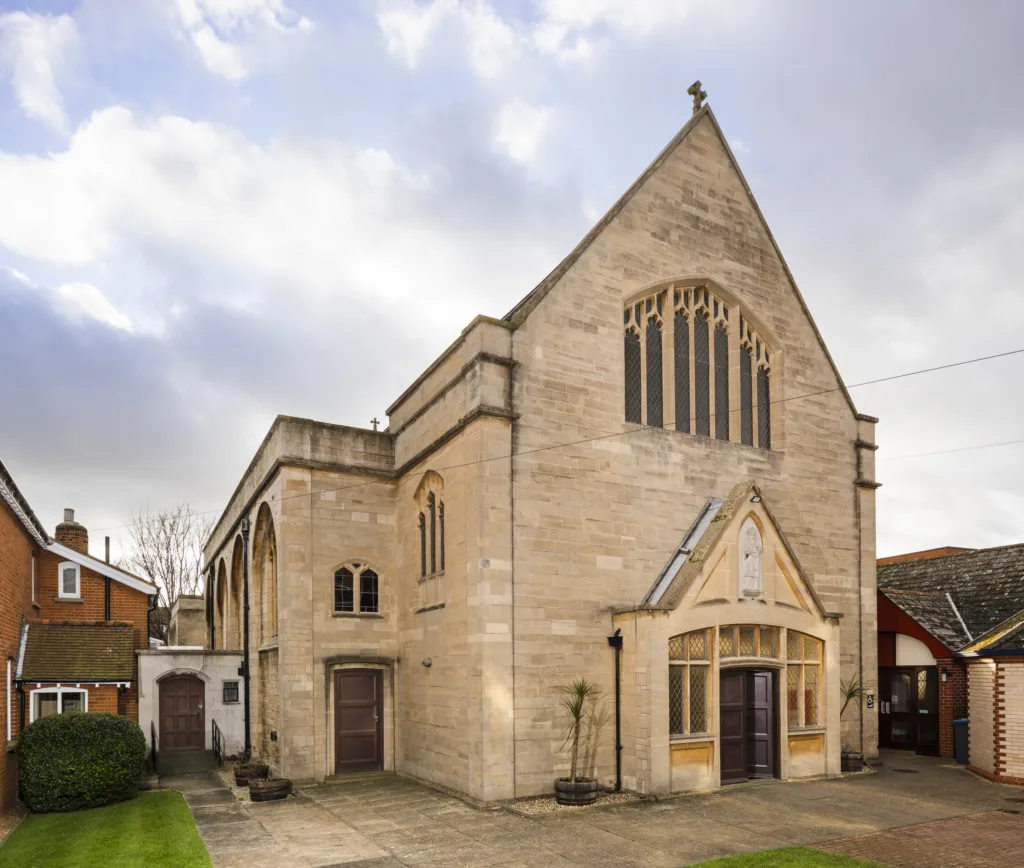
Roman Catholic Church of St Felix, Gainsborough Road, Felixstowe, Suffolk.
Roman Catholic church, built to the designs of Francis Easto Banham (1931-32) and RA Boxall of Chelmsford (1957).
Arts and Crafts-influenced Perpendicular Gothic design.
Oblique view of exterior north elevation.
View from north east.
Banham proposed an Arts and Crafts-influenced Perpendicular Gothic design for the church with a four-bay nave along with a chancel, two side chapels, Lady Chapel, sacristy, and an elaborate west front with a tall tower.
When the church was officially opened on 31 July 1912, with King Manuel II of Portugal in attendance, only the sanctuary and four bays of the nave had been completed. The church was built in stages when funds became available, so the original grand design was modified between the completion of the first building phase in 1912 and its eventual completion in 1958.
Minster Church of St Benet, Beccles (newly listed at Grade II*)
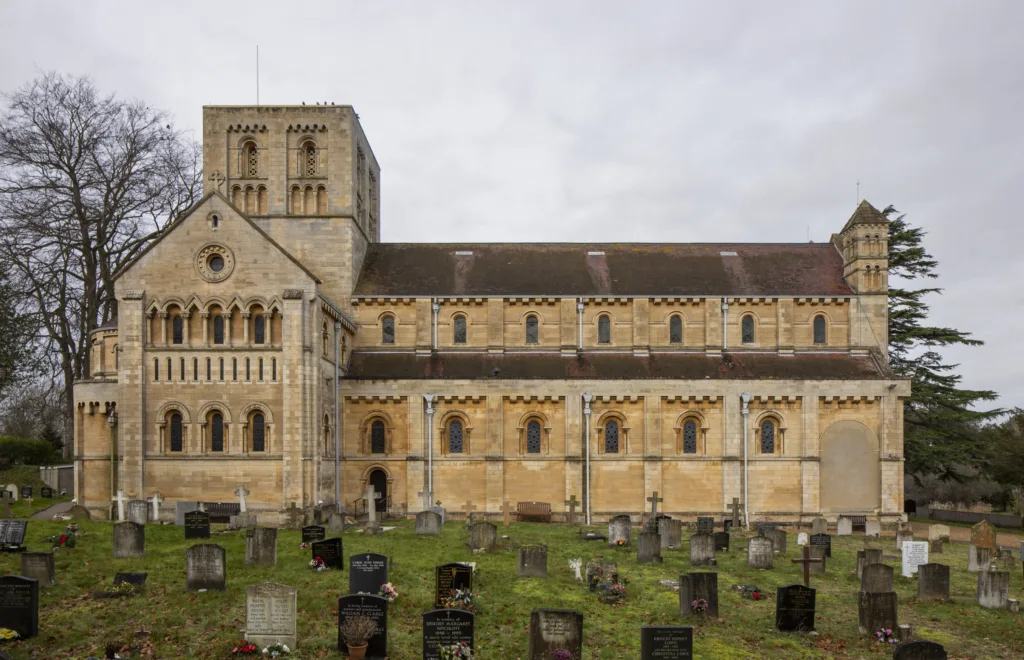
Minster Church of St Benet, St Mary’s Road, Beccles, Suffolk.
Roman Catholic Minster Church in Romanesque style, built between 1898 and 1908, by Frances Easto Banham.
View of south east elevation, from east.
An impressive 19th century church, rich in glorious decoration, and chosen as the final resting place of the architect.
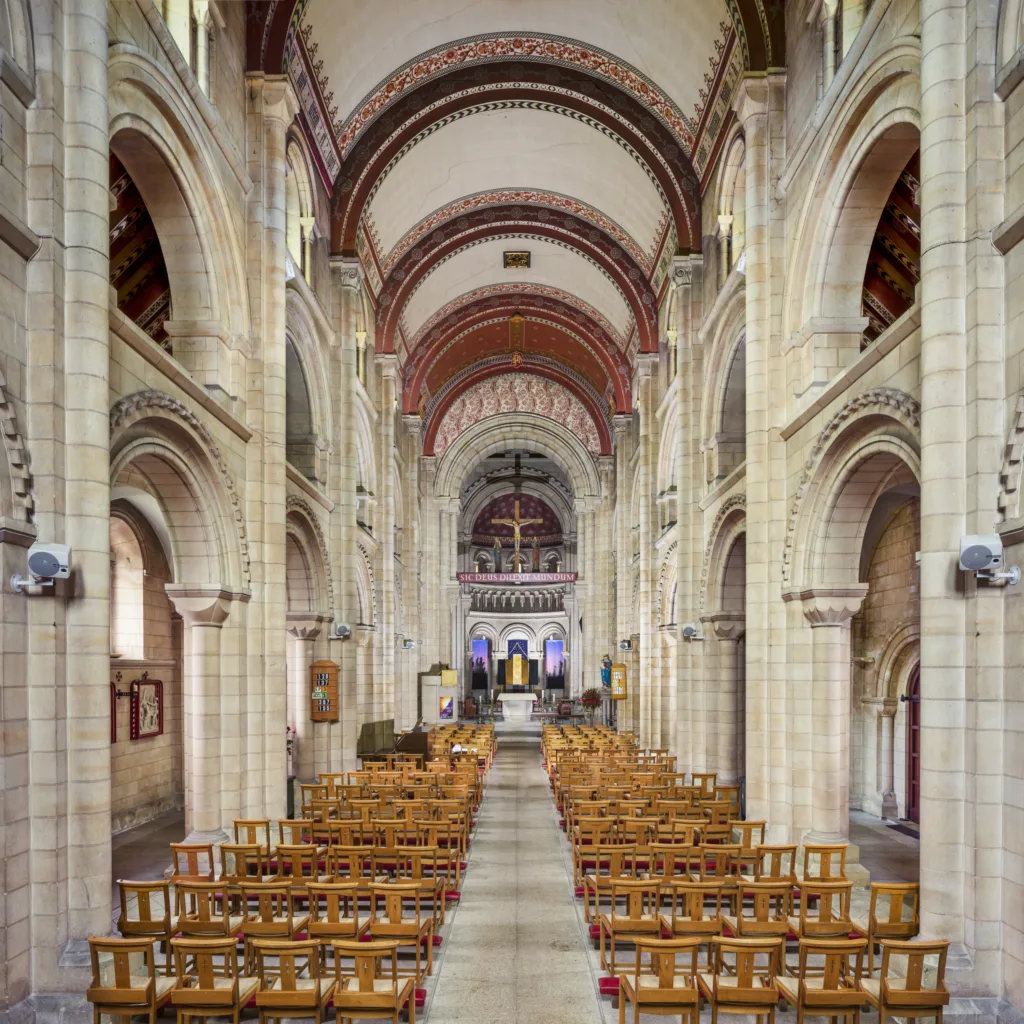
Minster Church of St Benet, St Mary’s Road, Beccles, Suffolk.
Roman Catholic Minster Church in Romanesque style, built between 1898 and 1908, by Frances Easto Banham.
View of nave, and crossing, towards sanctuary. Barrel vaulted plastered roof and stencilling.
View from north.
Originally intended to be the site of a monastery served by Benedictine monks from Downside Priory, in 1898, a minster church was built in Beccles on land given by John George Kenyon of Gillingham Hall, a Catholic convert.
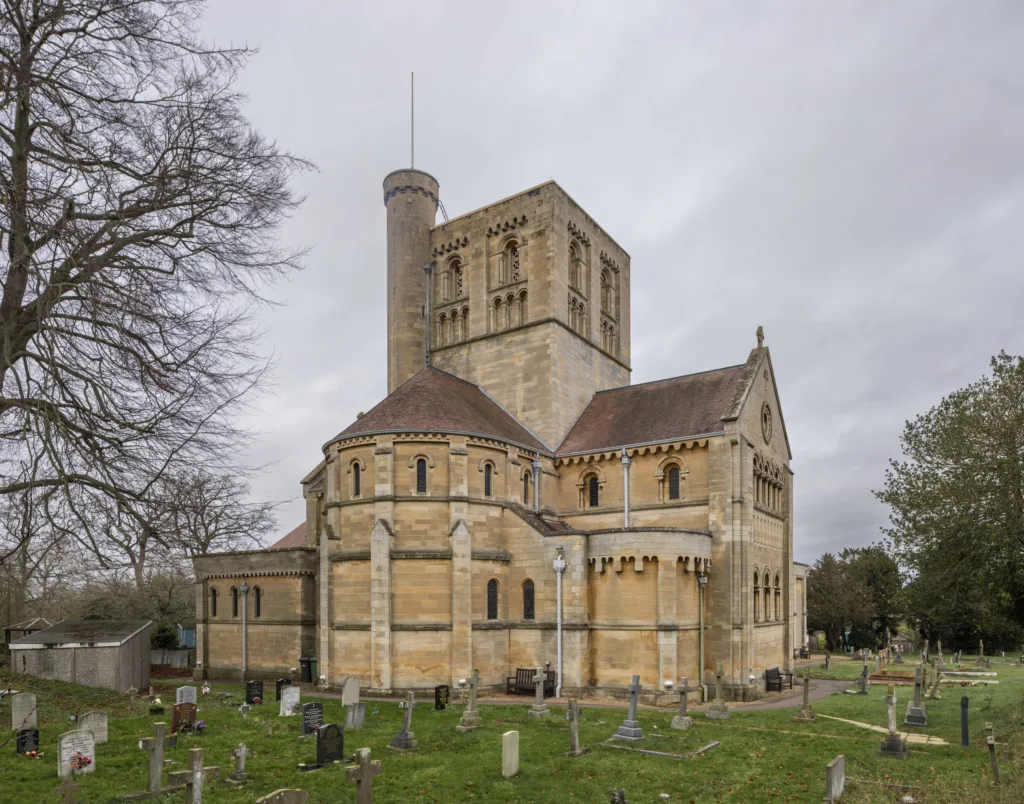
Minster Church of St Benet, St Mary’s Road, Beccles, Suffolk.
Roman Catholic Minster Church in Romanesque style, built between 1898 and 1908, by Frances Easto Banham.
View of south facing sanctuary, and east transept.
View from south.
The foundation stone was laid in 1899 and the first mass was celebrated in the nave on 4 September 1901. It took until 1908 to complete the church, including the sanctuary, but the intended baptistry in the north-west bay, ambulatory and Lady Chapel in the south-east of the crossing were not completed.


